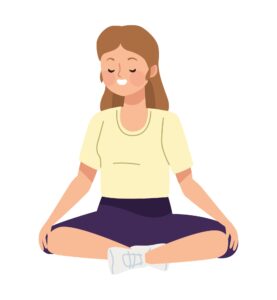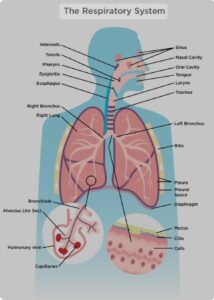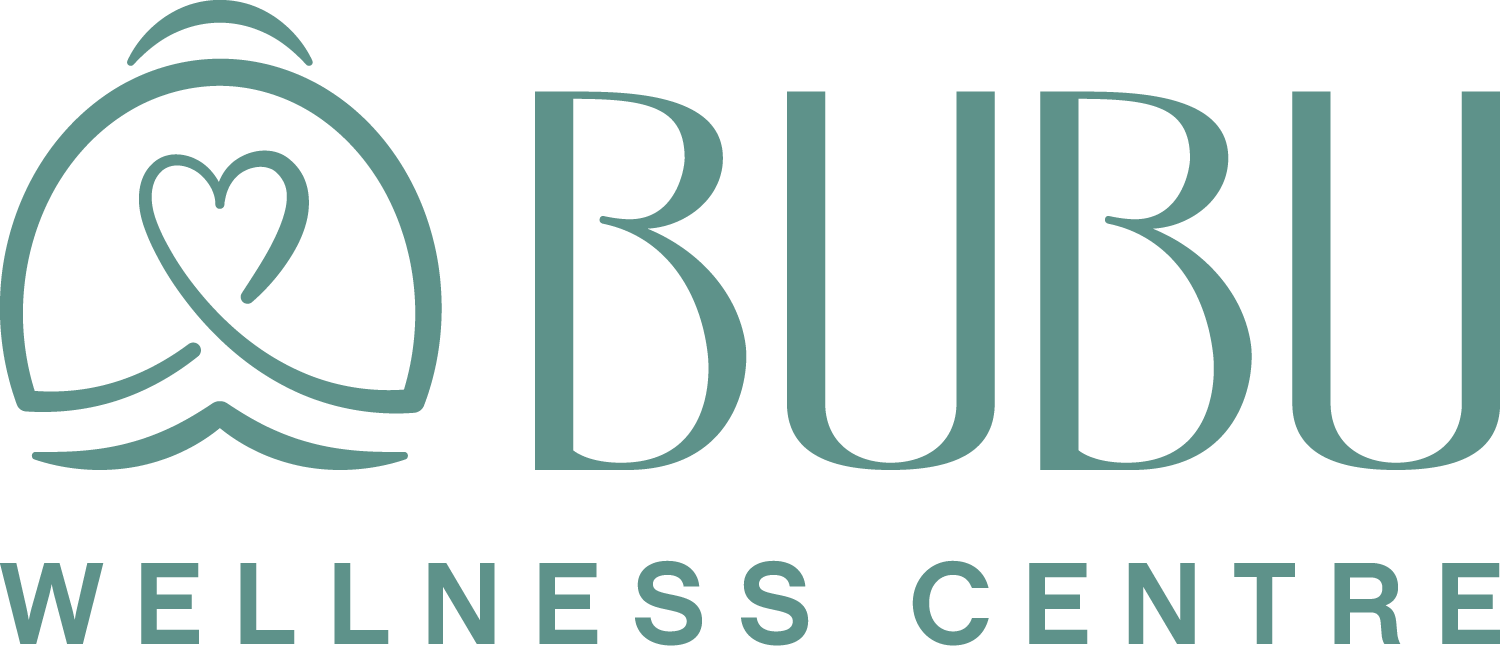What is box breathing?
Box breathing is an effective yet straightforward relaxation method designed to restore normal breathing patterns following a stressful event. This technique includes inhaling, exhaling, and holding the breath, promoting mental clarity, body relaxation, and enhanced concentration.

Box breathing consists of four simple steps, each lasting for 4 seconds:
1. inhaling
2. holding the breath
3. exhaling
4. holding the breath again.
This technique, also called resetting the breath or four-square breathing, is easily mastered, swiftly learned, and remarkably beneficial in times of stress.
Individuals in high-stress professions like soldiers and police officers frequently employ box breathing when their bodies are in the fight, flight, or freeze response. This method is applicable to anyone seeking to realign themselves or enhance their focus.
The box breathing method
Box breathing is a straightforward practice that can be done anywhere, whether at a work desk or in a cafe. The name “box breathing” encourages individuals to visualise a box as they perform the technique.
To engage in box breathing, follow these steps:
1. Sit comfortably in a chair with back support and feet on the floor.
2. Close your eyes and inhale through your nose slowly, counting to four as you feel the air fill your lungs.
3. Hold your breath for a count of four, avoiding clenching your mouth or nose shut.
4. Exhale slowly for four seconds.
5. Pause for four seconds.
6. Repeat steps 2 to 4 at least three times.
Ideally, repeat these steps for 4 minutes or until a sense of calm is restored. If you find the practice challenging, try counting to three instead of four initially. As you become more comfortable with the technique, you can experiment with counting to five or six.

Why breath is vital to health
Regulating one’s breath during moments of stress benefits both the mind and body.
The autonomic nervous system, responsible for involuntary bodily functions like heartbeat and digestion, operates in either a reactive “fight, flight, or freeze” mode or a restorative “rest and digest” mode. In times of threat, the body releases adrenaline and noradrenaline, triggering physiological responses such as increased heart rate, accelerated breathing, and elevated blood sugar levels.
Prolonged or frequent exposure to this stress state can have negative effects on overall health, leading to issues like high blood pressure, headaches, heart attacks, and stroke. By consciously controlling breathing, individuals can shift from a stressed state to a state of relaxation.
Benefits
Box breathing offers various advantages to individuals who practice it.
Mark Divine, the creator of SEALFIT and Unbeatable Mind fitness programs, shared with MNT how this technique aided him during stressful situations:
“I utilised it daily during SEAL training… It assisted me in graduating as the honor man, the top graduate. Presently, I employ it in every challenging circumstance and incorporate it into my daily routine.”

Listed below are four potential benefits of box breathing, supported by research:
1. Alleviates physical symptoms of stress in the body:
Studies indicate that deep breathing methods notably reduce the secretion of stress-related hormones like cortisol. In a 2017 research study, participants exhibited reduced cortisol levels post deep breathing sessions, along with heightened attention levels.
Mark Divine further highlighted this aspect, stating, “Box breathing helps dissipate excess stress and equips you with a convenient, readily available tool to prevent taking on more stress than you can manage.”
Tips for box breathing
There are several strategies that can facilitate the practice of box breathing:
– Start in a serene environment to initiate box breathing.
– Placing one hand on the chest and the other on the lower stomach can be beneficial.
– Pay attention to the airflow and identify where it enters the body during inhalation.
– Concentrate on sensing expansion in the stomach without exerting force on the muscles.
– Aim to relax the muscles rather than contracting them.
Divine suggests integrating this technique into daily activities and combining it with other mindfulness practices.

Mark Divine suggests beginning with a minimum of 5 minutes of box breathing immediately upon waking up or upon returning home from work before entering the house. This practice can be integrated into your meditation routine. By starting with box breathing, you can ease into a more profound mental state for meditation that follows.
Furthermore, Mark Divine asserts that box breathing is effective for readiness ahead of a stressful situation, like giving a speech, as well as for calming down during or after such events.
Summary
With just four simple steps, many individuals can easily learn and practice box breathing. This technique has the potential to enhance mindfulness and relaxation in a person’s everyday schedule.
Box breathing is among the various breathing exercises that prove beneficial in mitigating daily stress levels. Research demonstrates the immediate and lasting advantages that this method, along with others, can offer.
While further research is warranted, existing studies present compelling evidence supporting box breathing as an effective tool for stress management, enhancing concentration, and promoting positive emotions and mental well-being.


